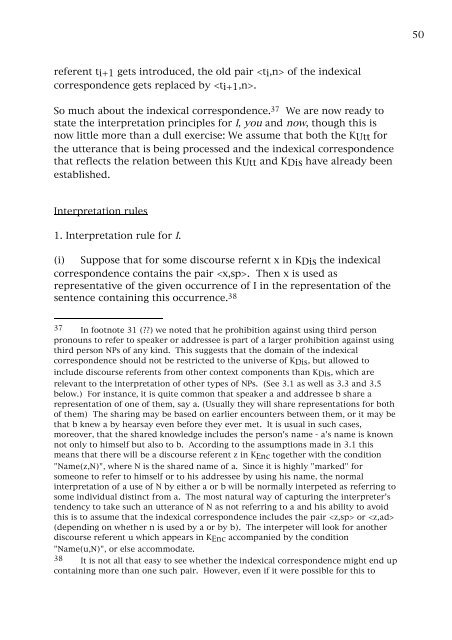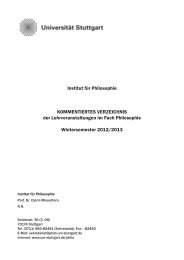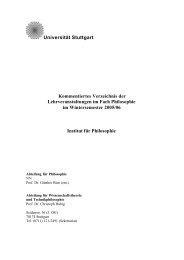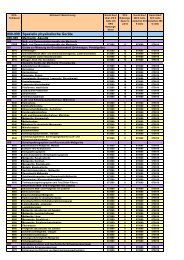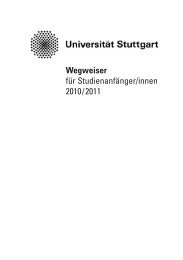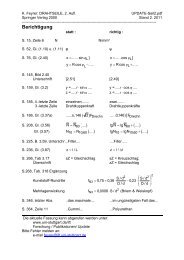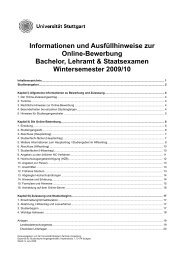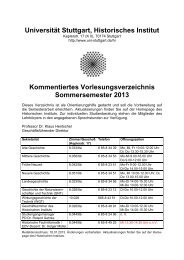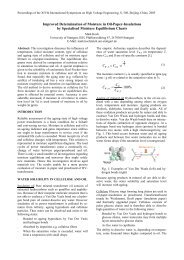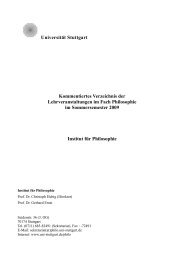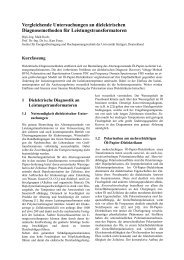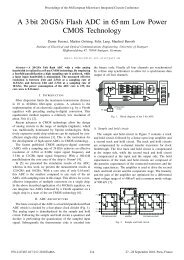Discourse Structure and the Structure of Context - Multiple Choices
Discourse Structure and the Structure of Context - Multiple Choices
Discourse Structure and the Structure of Context - Multiple Choices
You also want an ePaper? Increase the reach of your titles
YUMPU automatically turns print PDFs into web optimized ePapers that Google loves.
50<br />
referent ti+1 gets introduced, <strong>the</strong> old pair <strong>of</strong> <strong>the</strong> indexical<br />
correspondence gets replaced by .<br />
So much about <strong>the</strong> indexical correspondence. 37 We are now ready to<br />
state <strong>the</strong> interpretation principles for I, you <strong>and</strong> now, though this is<br />
now little more than a dull exercise: We assume that both <strong>the</strong> KUtt for<br />
<strong>the</strong> utterance that is being processed <strong>and</strong> <strong>the</strong> indexical correspondence<br />
that reflects <strong>the</strong> relation between this KUtt <strong>and</strong> KDis have already been<br />
established.<br />
Interpretation rules<br />
1. Interpretation rule for I.<br />
(i)<br />
Suppose that for some discourse refernt x in KDis <strong>the</strong> indexical<br />
correspondence contains <strong>the</strong> pair . Then x is used as<br />
representative <strong>of</strong> <strong>the</strong> given occurrence <strong>of</strong> I in <strong>the</strong> representation <strong>of</strong> <strong>the</strong><br />
sentence containing this occurrence. 38<br />
37 In footnote 31 (??) we noted that he prohibition against using third person<br />
pronouns to refer to speaker or addressee is part <strong>of</strong> a larger prohibition against using<br />
third person NPs <strong>of</strong> any kind. This suggests that <strong>the</strong> domain <strong>of</strong> <strong>the</strong> indexical<br />
correspondence should not be restricted to <strong>the</strong> universe <strong>of</strong> KDis, but allowed to<br />
include discourse referents from o<strong>the</strong>r context components than KDis, which are<br />
relevant to <strong>the</strong> interpretation <strong>of</strong> o<strong>the</strong>r types <strong>of</strong> NPs. (See 3.1 as well as 3.3 <strong>and</strong> 3.5<br />
below.) For instance, it is quite common that speaker a <strong>and</strong> addressee b share a<br />
representation <strong>of</strong> one <strong>of</strong> <strong>the</strong>m, say a. (Usually <strong>the</strong>y will share representations for both<br />
<strong>of</strong> <strong>the</strong>m) The sharing may be based on earlier encounters between <strong>the</strong>m, or it may be<br />
that b knew a by hearsay even before <strong>the</strong>y ever met. It is usual in such cases,<br />
moreover, that <strong>the</strong> shared knowledge includes <strong>the</strong> person's name - a's name is known<br />
not only to himself but also to b. According to <strong>the</strong> assumptions made in 3.1 this<br />
means that <strong>the</strong>re will be a discourse referent z in KEnc toge<strong>the</strong>r with <strong>the</strong> condition<br />
"Name(z,N)", where N is <strong>the</strong> shared name <strong>of</strong> a. Since it is highly "marked" for<br />
someone to refer to himself or to his addressee by using his name, <strong>the</strong> normal<br />
interpretation <strong>of</strong> a use <strong>of</strong> N by ei<strong>the</strong>r a or b will be normally interpeted as referring to<br />
some individual distinct from a. The most natural way <strong>of</strong> capturing <strong>the</strong> interpreter's<br />
tendency to take such an utterance <strong>of</strong> N as not referring to a <strong>and</strong> his ability to avoid<br />
this is to assume that <strong>the</strong> indexical correspondence includes <strong>the</strong> pair or <br />
(depending on whe<strong>the</strong>r n is used by a or by b). The interpeter will look for ano<strong>the</strong>r<br />
discourse referent u which appears in KEnc accompanied by <strong>the</strong> condition<br />
"Name(u,N)", or else accommodate.<br />
38 It is not all that easy to see whe<strong>the</strong>r <strong>the</strong> indexical correspondence might end up<br />
containing more than one such pair. However, even if it were possible for this to


